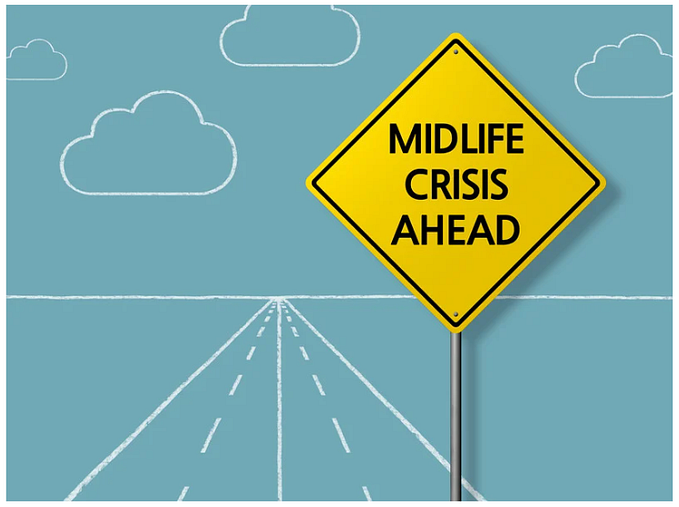Member-only story
Imposter syndrome isn’t your fault

The characterization of imposter syndrome and burn-out as personal short-comings isn’t accurate or fair.
Imposter syndrome as we currently define it isn’t real. Let’s make it abundantly clear I disagree with how we’ve framed the concepts, not the feeling. The definition many of us have gotten for Imposter syndrome goes something like this:
Imposter syndrome can be defined as a collection of feelings of inadequacy that persist despite evident success. ‘Imposters’ suffer from chronic self-doubt and a sense of intellectual fraudulence that override any feelings of success or external proof of their competence. — HBR.org
Within design school, work, design-twitter and Clubhouse we can’t escape Imposter syndrome and its pervasive effects on both new and experienced designers. We’re all qualified, but feeling as if we aren’t. We’ve created a syndrome that makes people internalize issues they haven’t created.
We feel burnout coming on and passing like a seasonal flu.
We’ve also spoken to death about, “burnout.” How to deal with burnout, prevent it and get through it. We feel burnout coming on and passing like the seasonal flu. We have rooms discussing the causes and solutions of burnout. But when we speak about these topics we miss a crucial part of the discussion:
Are you really suffering from imposter syndrome or have you just been constantly made to feel like an imposter within your work environment?
Personal accountability
When we discuss imposter syndrome we tend to paint it as a personal shortcoming.
This characterization is an incomplete understanding of what it is and how it happens. Like most societal issues we face, rather than turning our attention to the source of the issues or the wealthiest and most powerful among us, we’ve made it individual issues. We’ve taken on all the accountability when it really should be dispersed.








